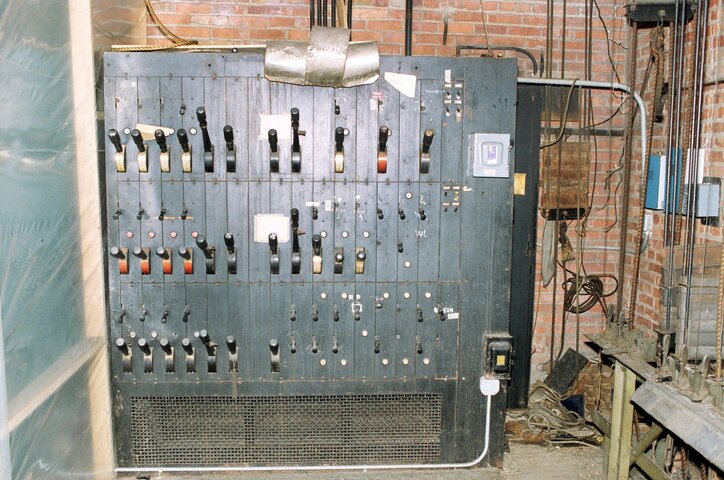Hi All
I am sorry to bother everyone here as you are most all likely getting tired of me posting and asking questions I understand I will try to not post to much more. I had a question though. Many Many years ago when I was in elementary school I helped with an event there where the stage strip lights were needed to be turned on and off. These strip lights were operated by leavers that you pulled. If the levers were pushed alway to the front the light were off if you pulled the levers all the way back the strip light was totally on. Anything between front and back would make the strip light as dim or bright as you wanted. Today now those are now on breakers and are either all on or all off. Has anyone ever herd of this level things to work the lights? I thought it was strange. Is this how lighting was done before dimmer packs or dimmer racks and boards?
Thanks
I am sorry to bother everyone here as you are most all likely getting tired of me posting and asking questions I understand I will try to not post to much more. I had a question though. Many Many years ago when I was in elementary school I helped with an event there where the stage strip lights were needed to be turned on and off. These strip lights were operated by leavers that you pulled. If the levers were pushed alway to the front the light were off if you pulled the levers all the way back the strip light was totally on. Anything between front and back would make the strip light as dim or bright as you wanted. Today now those are now on breakers and are either all on or all off. Has anyone ever herd of this level things to work the lights? I thought it was strange. Is this how lighting was done before dimmer packs or dimmer racks and boards?
Thanks



